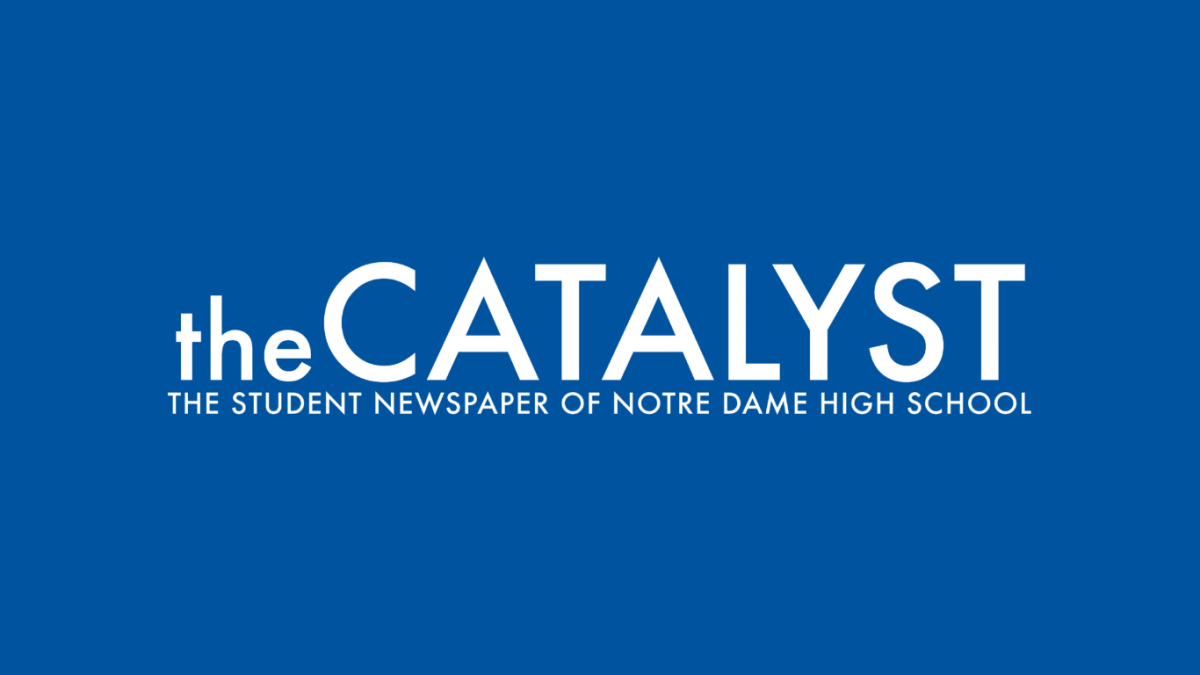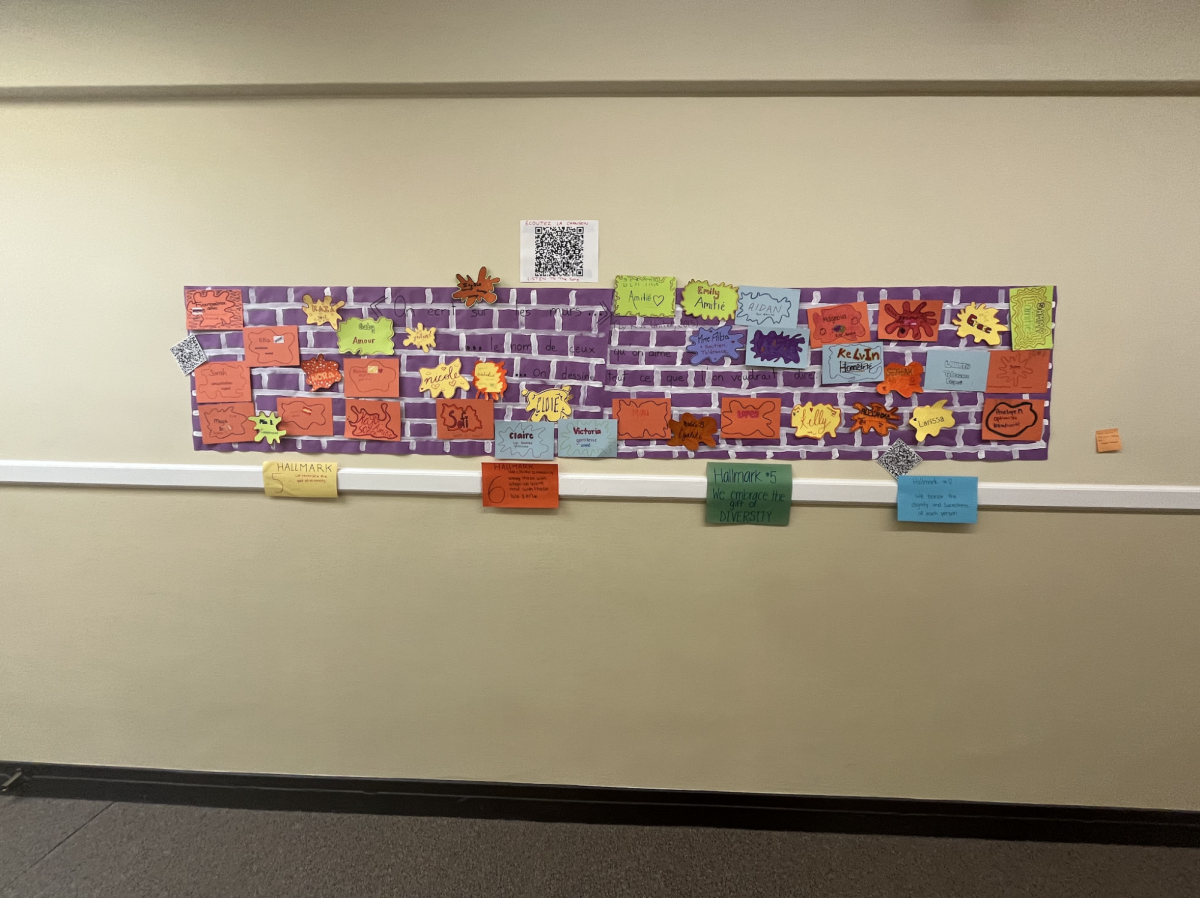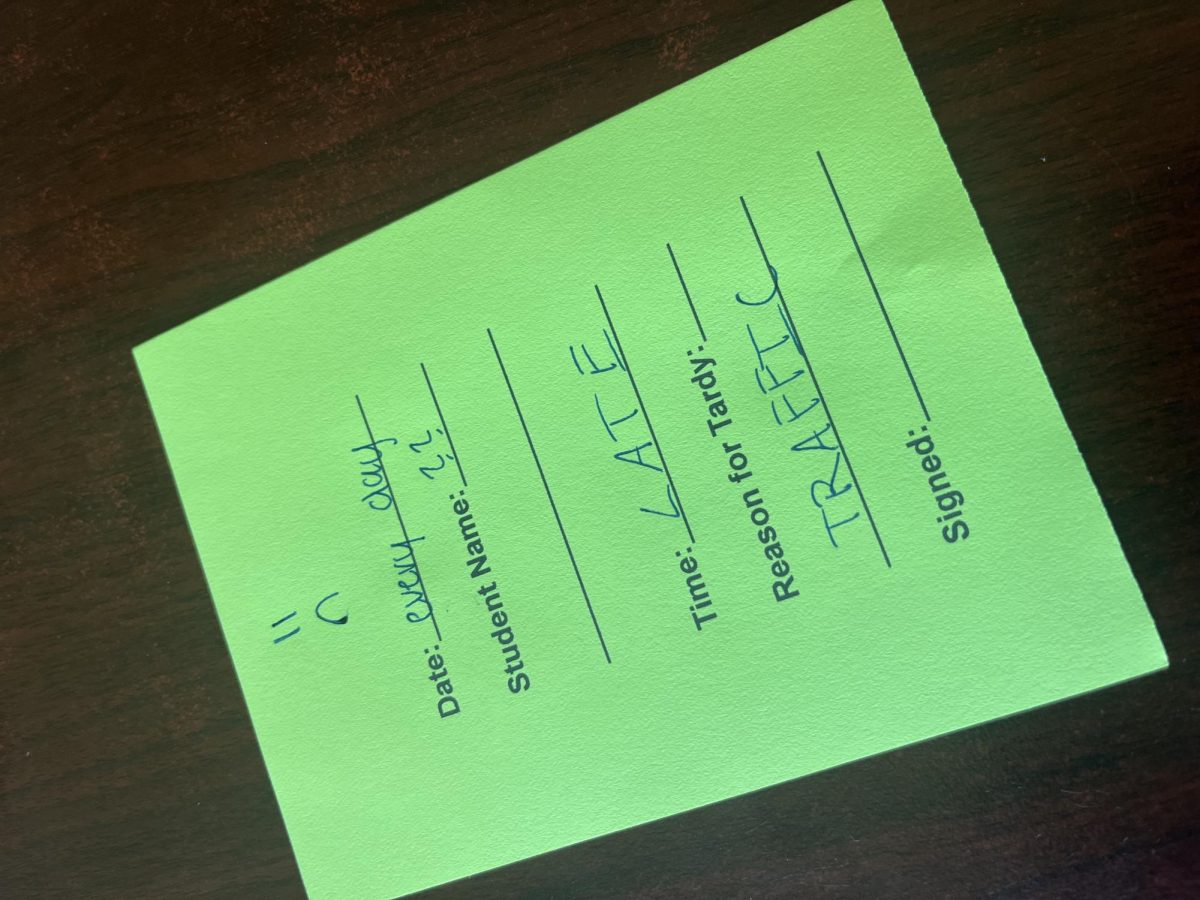In today’s competitive college admissions scene, rankings have become a key factor in how students choose schools. The intense pressure to attend Ivy League institutions or the desire for a “top-ranked” name on a diploma can be incredibly overwhelming and significantly influence how students view their futures and academic success. But as modern society’s focus on prestige grows, the toll it takes on students—anxiety, stress and diminished self-worth—should not be overlooked or underestimated.
The pressure has created a culture where students chase after elite schools, often focusing more on the rankings than on whether the school actually fits their personal and academic needs. This can lead to unnecessary stress and force students to make decisions based solely on reputation.
Rankings have played a significant role since U.S. News & World Report first published its list in 1983. What started as a measure of factors, like graduation rates and faculty resources, has transformed into a symbol of success, even though meaningful education can be found at many different schools around the nation.
While rankings do shed some light on academic performance, they miss the bigger picture. They often overlook key aspects of student life, like campus culture, community, inclusivity and overall satisfaction. These are the things that shape a student’s experience and contribute to their personal growth but often do not get reflected in a ranking. This can create a misleading perception of what makes a school valuable and unique.
Furthermore, even though the top-ranked schools are usually very good, they have certain levels of academic rigor that may need to be a better fit for some students. When students focus on just the name of the school rather than the academic opportunities the school truly offers, it can be detrimental to students who could potentially thrive better at a different, lesser-known university.
Additionally, rankings can reinforce systemic inequality. Wealthier schools, which can invest in more resources, often dominate the lists, putting smaller, less fortunate schools at a disadvantage. This not only makes it harder for lesser-known schools to gain the recognition they deserve, but also leaves students questioning the value of their education if they do not attend a “top-tier” university
It is also important to recognize that despite the idea that success is confined to a small cluster of prestigious schools being the dominant narrative, it is not the accurate one. Many successful people come from a wide variety of schools, and it is a real shame that the potential for greatness at certain colleges and universities is overlooked.
A notable example of a former student at a lesser-known university who was incredibly successful is Steve Jobs, co-founder of Apple Inc., who made significant contributions to technology and innovation. Contrary to popular belief that successful figures must attend elite universities like Princeton or Caltech, Jobs attended Reed College in Portland, Oregon.
Although it is a private, non-profit institution, Reed College is often under-appreciated and does not rank among the top 50 National Liberal Arts Colleges according to U.S. News & World Report. This serves as a reminder that talent and determination can thrive in any environment, regardless of the school’s prestige.
Ultimately, even though the appeal of prestigious schools can be hard to shake, it’s important not to let rankings control the entire decision-making process. It’s perfectly natural for students to be drawn to them, but they shouldn’t be the deciding factor. Instead, focusing on finding a school that genuinely fits their needs and long-term goals will lead to a more fulfilling experience. After all, what matters most is not the name of the school, but the experiences and growth that come from being there. By looking beyond the rankings, students can make well-informed choices that feel right for them, not just ones that follow the crowd.






